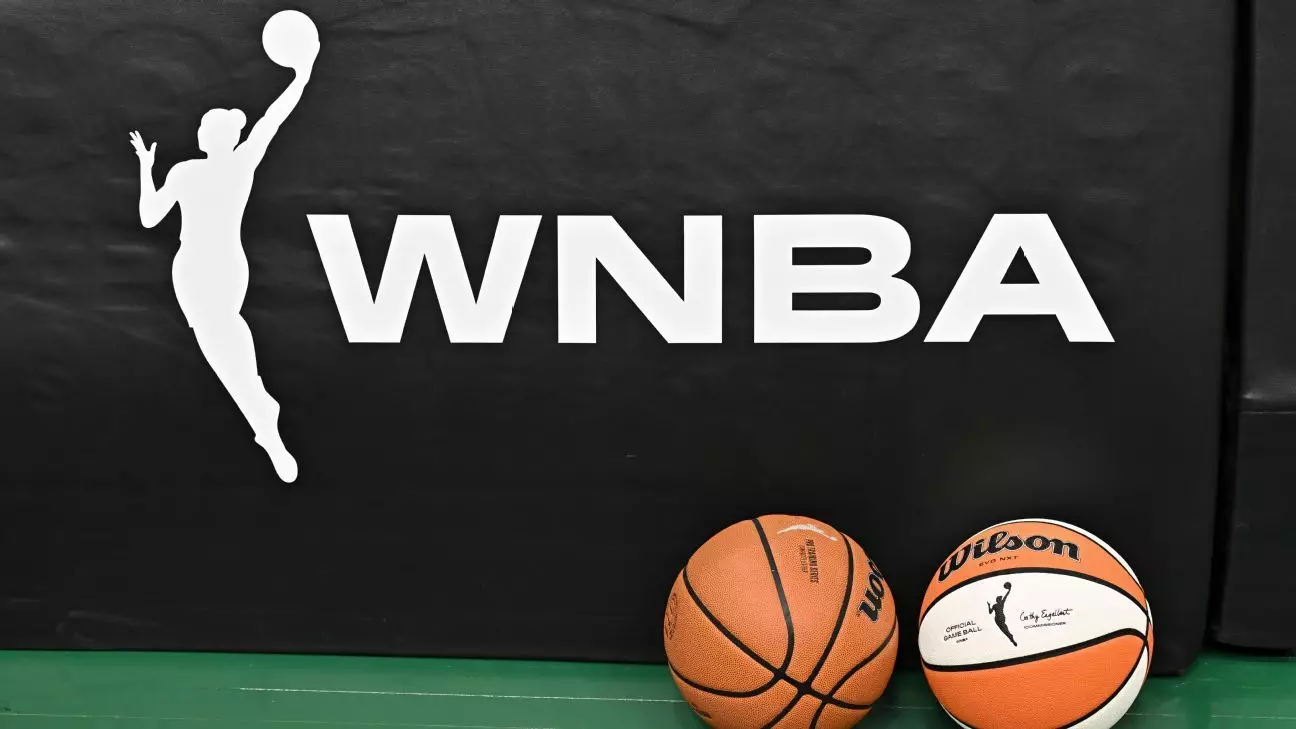The recent surge in WNBA player activism reveals a fundamental truth: despite the league’s booming financial success, the women who are the backbone of this growth remain grossly undervalued. The stadiums are fuller, media rights are more lucrative, and popularity is on the rise. Yet, the players’ demands for a greater share of the revenue and better working conditions are met with resistance, exposing a systemic failure rooted in greed and corporate complacency. This dissonance underscores the cynical reality that profits are prioritized over the very athletes who elevate the sport. While enthusiasm for women’s basketball grows globally, the economic fruits are not being fairly distributed, illustrating how institutional structures often favor ownership classes at the expense of labor rights.
A False Promise of Progress Amidst Stalled Negotiations
The recent efforts at dialogue, despite their surface-level civility, seem like window dressing rather than genuine progress. The league’s leadership claims to be “listening” and hopeful for a “transformational” agreement, but their actions speak louder than words. The absence of real concessions suggests that their declarations of support are merely lip service to maintain public relations. Moreover, the league’s focus on expansion and skyrocketing media deals appears disconnected from the core issue: fair compensation and sustainable conditions for the players. Such disparities reflect a broader tendency in professional sports—corporate growth is celebrated, but neither players nor fans see the benefits manifested in improved livelihoods for the athletes. It’s clear that unless there’s a shift in power dynamics, this cycle of superficial negotiations will persist.
The Myth of Mutual Growth and the Need for Structural Change
While league officials tout economic achievements—like the upcoming $2.2 billion media rights deal and explosive growth in attendance—these successes are often presented as justification for ongoing exploitation of talent. This narrative creates a fantasy where revenue increases should automatically trickle down, but the reality is far different. The disparity underscores a flawed myth: that growth for the league equates to fairness for its players. In truth, this growth is often used to justify further expansion and corporate profits, not improved conditions for athletes. Strong, sustainable progress demands a re-evaluation of how the league values and compensates its players, recognizing them not merely as employees but as essential partners in the league’s success. Demanding a fair share isn’t just about individual paychecks—it’s about correcting a fundamentally broken system that has long prioritized owners’ profits over athletes’ rights.
The Broader Implications for Women’s Sports and Society
This negotiation saga extends beyond basketball; it echoes the struggles faced by women’s sports worldwide, where inequality persists under the guise of “progress.” The WNBA players’ fight for a just contract is emblematic of a larger societal issue: the undervaluation of women’s labor, especially in sectors where gender stereotypes still prevail. Progress in these negotiations could serve as a blueprint for similar movements across industries, showcasing how collective action and strategic bargaining are necessary to challenge entrenched systems of injustice. There is an urgent need to reframe the narrative—viewing female athletes as integral to the sport’s financial ecosystem, deserving of the rewards their talent and dedication generate. Recognizing this is a step toward genuine equality, one that balances the scales of fairness with the realities of corporate interests.
The Challenge of Awaited Change and Continued Solidarity
The players’ unwavering commitment to staging a united front signals a recognition that real change will only come through collective resilience and persistent pressure. The tentative agreement to meet again underscores their understanding that dialogue alone is insufficient—action is imperative. The upcoming negotiations will test whether league leadership can shed their avarice and genuinely embrace a paradigm shift that values athlete well-being over immediate profit margins. The unresolved tension, palpable in the statements from both sides, reveals an industry at a crossroads: perpetuating a flawed model or forging a path that prioritizes fairness and sustainable growth. If history is any guide, the outcome hinges on steadfast player solidarity and a willingness from the league to challenge its own entrenched interests. This battle is not just about contracts—it’s about rewriting the rules of how female athletes are valued in professional sports and society at large.

Leave a Reply